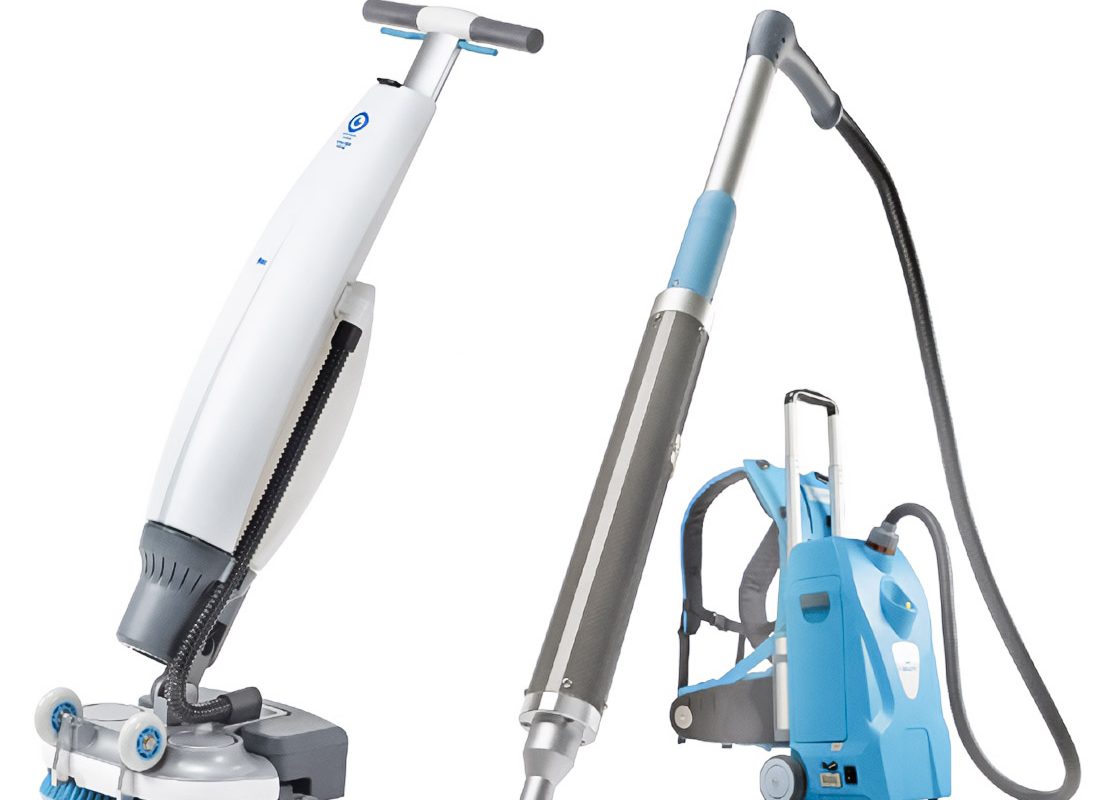Vacuum today is not just an engineering necessity, it is the core of modern production, medicine and scientific laboratories. Creating a rarefied environment, removing gas molecules, controlling the flow – all this makes vacuum pump technologies by alnojoomcleaningequipments.com indispensable. And if earlier one or two simple pumps were enough, today these are synchronized, multi-stage systems operating in the ranges from 1 Torr to 10⁻⁹, and sometimes even 10⁻¹² Torr.
Basics of Vacuum Pump Operation
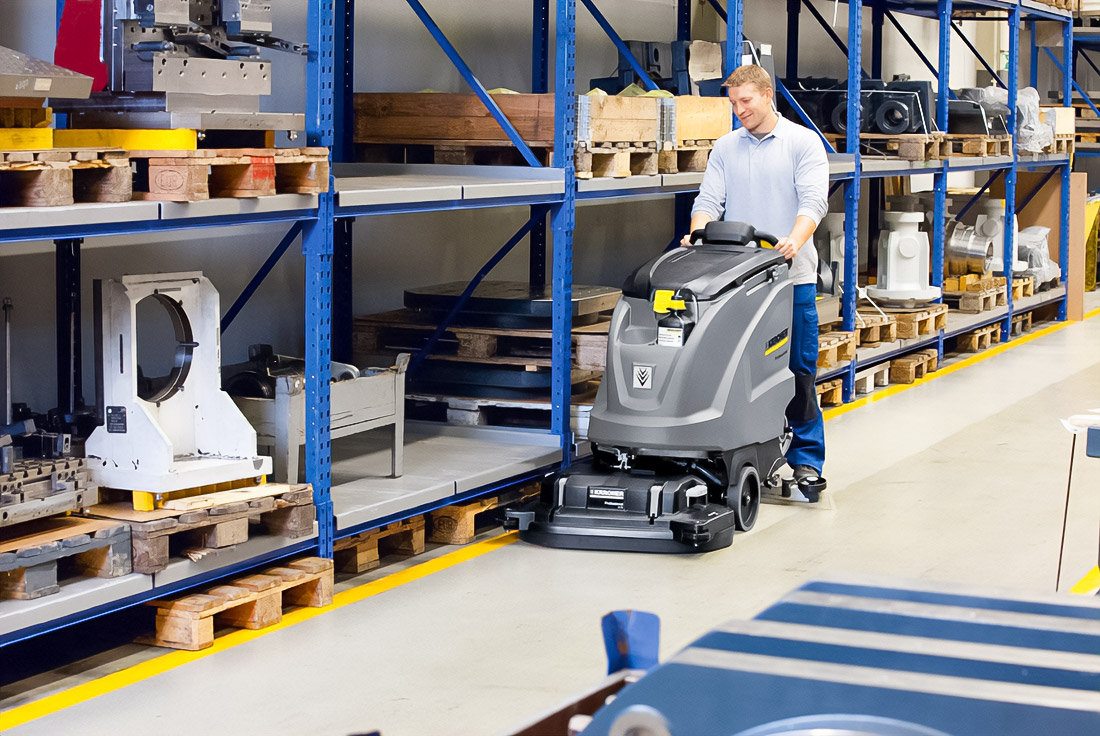
Let’s start with the basics. A vacuum pump works by removing air molecules from a chamber. With decreasing pressure, the next molecule emerges more forcefully. For this reason, systems frequently employ a series of pumps, including primary, booster, and secondary (high vacuum). You can cover the whole range from rough vacuum to ultra-high thanks to this.
Types of Vacuum Pumps
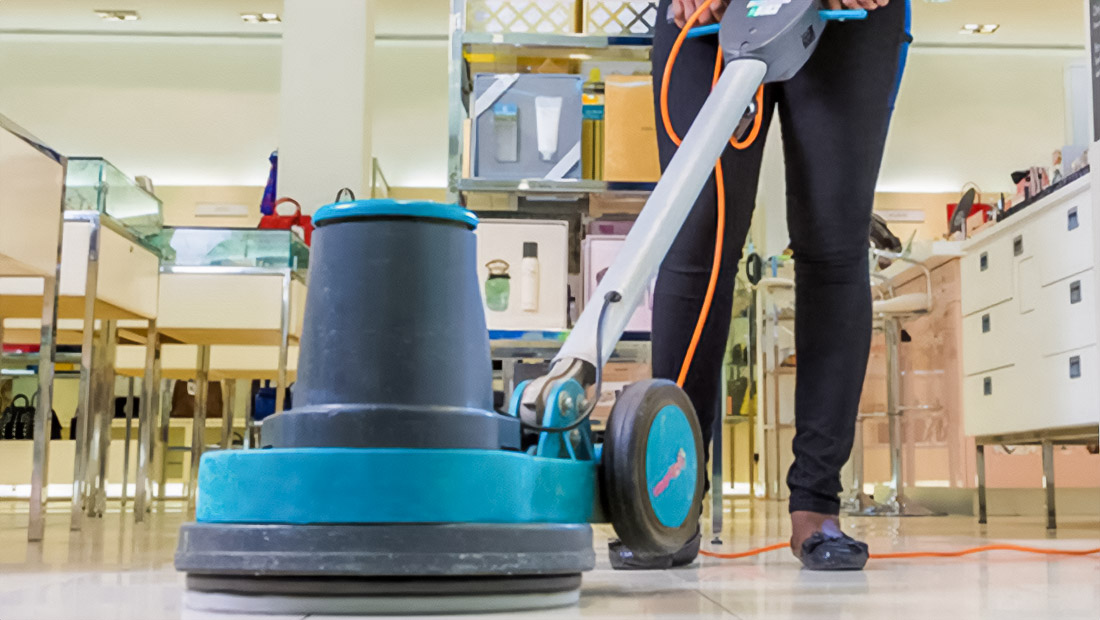
There are two main classes: transfer and trap pumps. The former transports gas through mechanical action, be it a rotor, screw, vanes or impeller. The latter removes molecules through precipitation or reaction: cryogenic, ionic or chemical. The catch? Mass transfer is fast but not ideally clean; trapping is slower but provides a deep vacuum with no trace of oil or water.
Positive Displacement and Liquid Ring Pumps
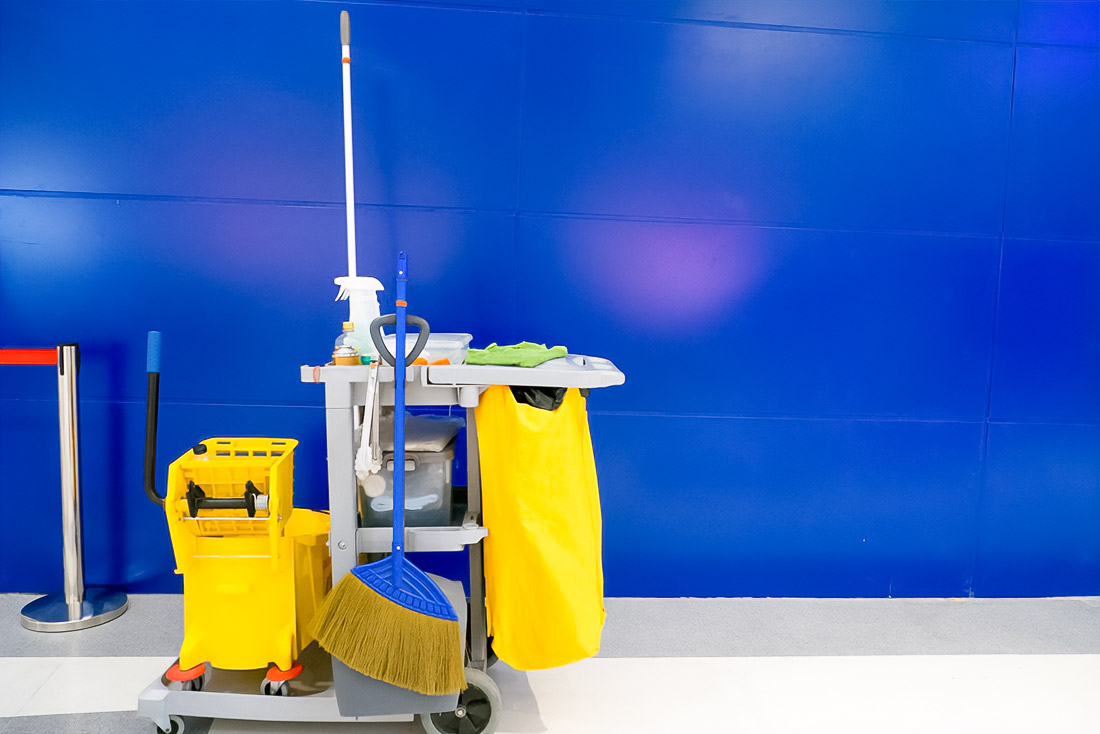
This is where the complexity begins. Positive displacement is when the chamber volume expands, drawing in gas, then contracts and pushes it out. This is the basis for many types of pumps: rotary vane, piston, claw. Liquid ring pumps are especially interesting: the rotor rotates in a ring of liquid, creating a sealed volume without wear. Like a heart, they pump air precisely and reliably, especially in environments with a high content of contaminants.
Synchronization and System Rhythm
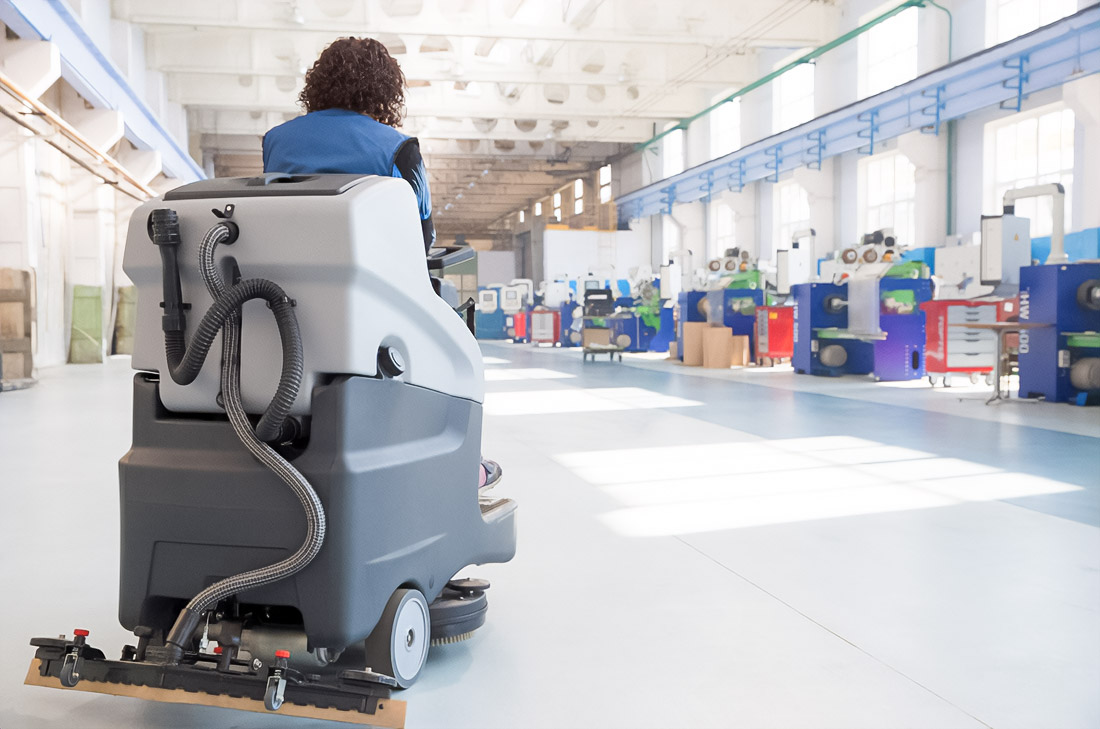
However, vacuum is not only about pumping, it is also about rhythm. This is why synchronization of pumps is so important. Imagine three pumps operating with a phase shift of 60°. Their pressure waves do not collide, but complement each other. The result? Minimum pulsation, smooth flow, and, most importantly, the ability to alternately switch off for maintenance without stopping the entire system.
Dual Pump Head Innovation
Innovation – dual pump heads. They have two independent chambers working simultaneously. It’s like two hearts in one body. Plus? Higher productivity without increasing the size. Minus? Complexity of the design. But it’s worth it. In gas analysis systems, medical equipment, 3D printing, they are becoming not a luxury, but a necessity.
Automation and Precision
Automation? The key here is the interaction of the pump and the vacuum cup. The formula is simple: F = P × A. The pressure difference and the area of the cup are the basis for retention. But try applying this to a production line, where every millimeter, every milligram matters. Synchronization, force control, minimization of errors – and you get perfect accuracy even at high speed.
Industrial Applications: Paper and More
In the paper industry, everything is large-scale. Vacuum systems can reach 25,000 cfm, taking up entire sections of a plant. Pressures are 15 to 20 in Hg. And all this is powered by synchronized, upgraded pumps, cooled through circulating water towers, at up to 1,000 gpm. Parts are stainless steel or epoxy coated. All for durability.
Medical Frontier
Medical is another frontier. Here, vacuum is used not for paper, but for life. Medical pumps provide sterility, fluid extraction, ventilation. NFPA99 standards require redundancy: one pump is running, the other is ready. Dry claw pumps are especially prized: no oil, no contact between parts, minimal maintenance, and maximum reliability.
Smart Systems and Real-Time Monitoring
And that’s not all. Variable pitch screw pumps, contactless impeller boosters, fiber optic diagnostic systems – all of this is integrated into intelligent networks. Monitoring vibrations, temperature, noise, pressure – in real time. Nothing slips through the cracks.
Conclusion: The Era of Negative Pressure
Vacuum pump systems are therefore no longer just equipment. They are a network, an organism, a symphony of synchronized processes. From the laboratory to the operating room, from the factory to the research center – wherever cleanliness, precision and stability are important. We live in the era of negative pressure – and this, oddly enough, offers enormous opportunities.

Soccer lover, shiba-inu lover, fender owner, vintage furniture lover and typography affectionado. Operating at the sweet spot between art and mathematics to craft an inspiring, compelling and authentic brand narrative.
